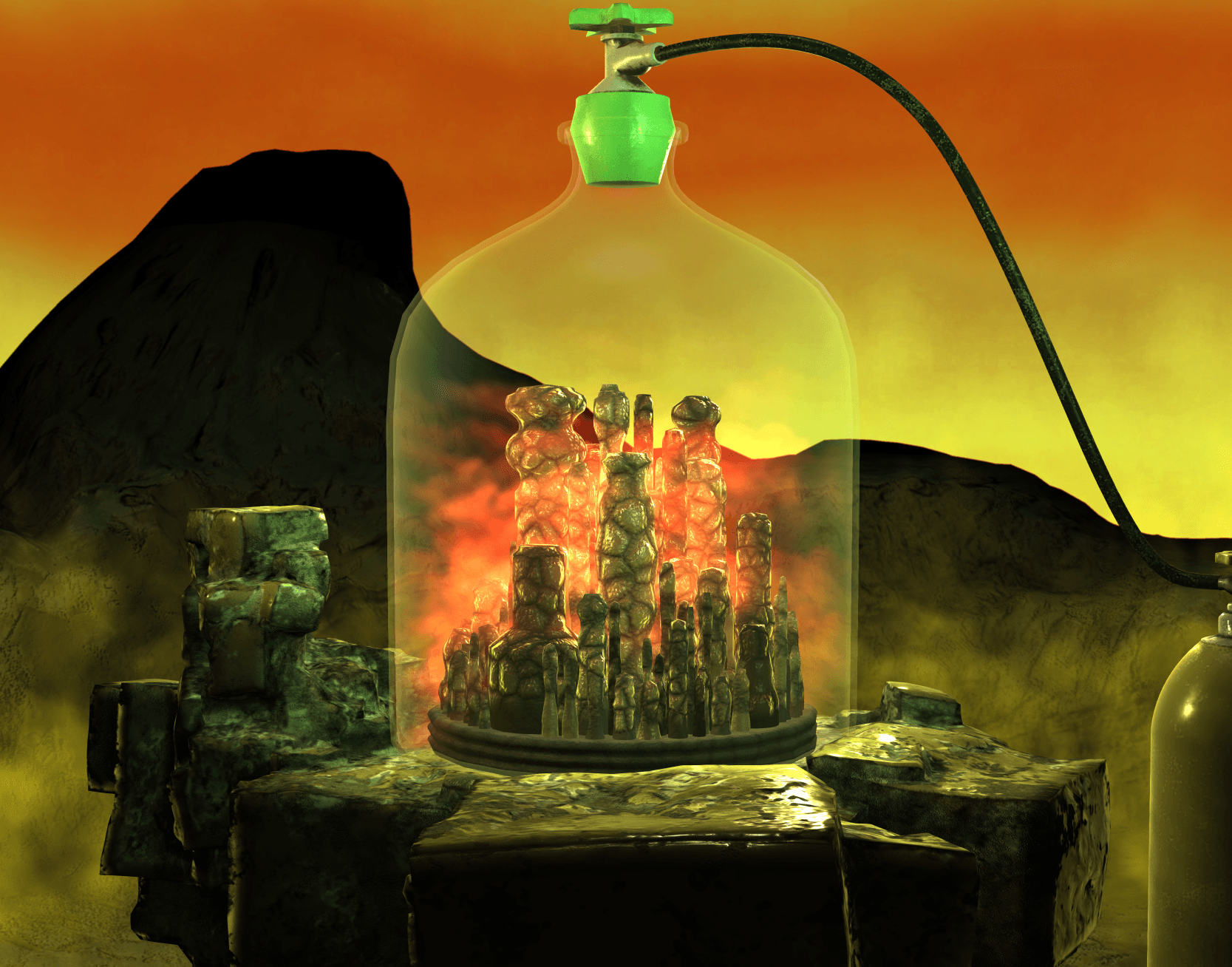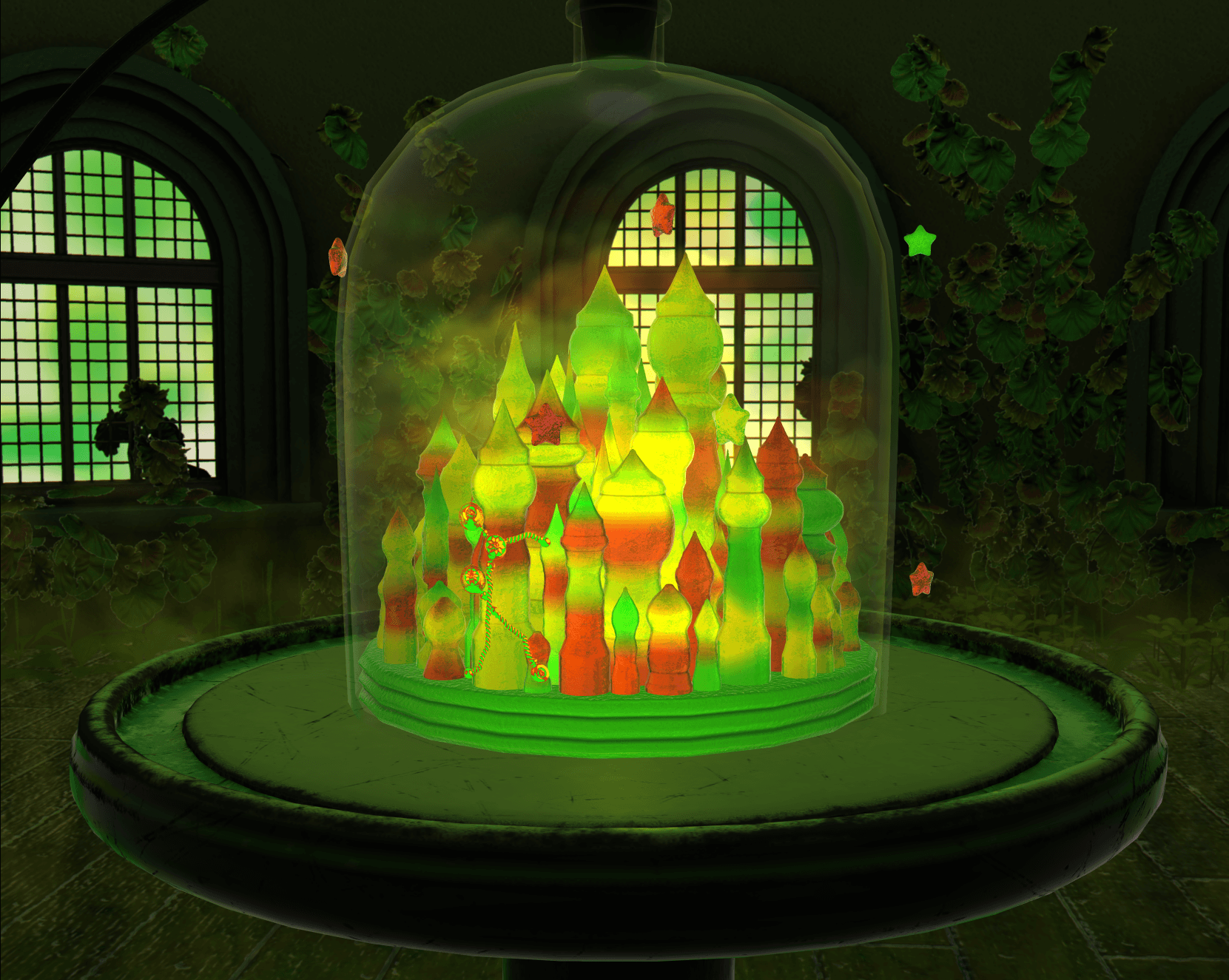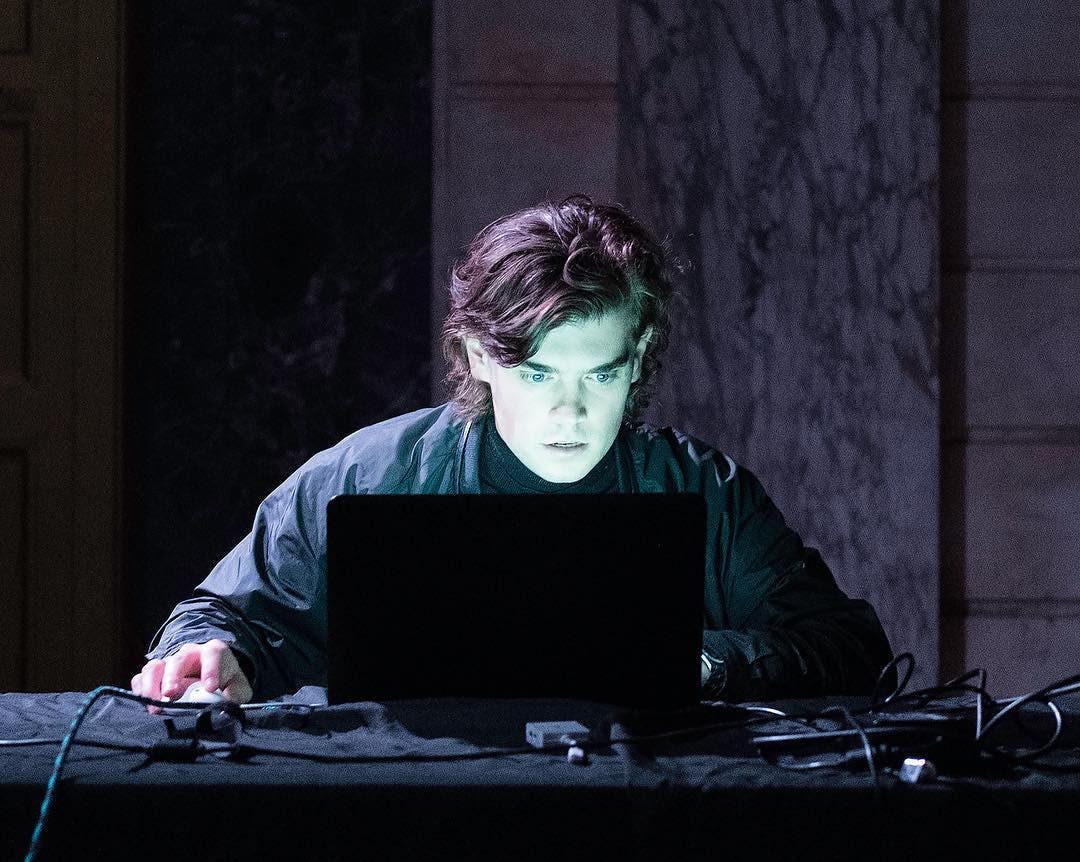Lost Home Worlds
Sam Hains
SOLD OUT
Collection Overview
View ContractLost Home Worlds is a collection of 3D immersive, sculptural works that explores grief, memory, and the invisible architecture of the psyche through simulation by Sam Hains.
Emblems of grief, memory & the invisible architecture of the psyche
Lost Home Worlds draws inspiration from Mike Kelley’s Kandors, 1999-2011: a series of representations of the city of Kandor, which is the fictional birthplace of DC Comics’ iconic hero Superman. According to the original mythology, Superman was born in Kandor, but was displaced as a baby; leaving behind fragmented and imagined memories of a life that was taken from him. One day, the nefarious villain Brainiac shrinks the otherworldly city down and bottles it. Just in time, Superman saves the day and rescues Kandor, going on to protect it for more than half of a century in his sanctuary, the Fortress of Solitude. Over the years Superman nurtures the miniaturized replica of his birthplace, allowing him to interact directly with a tangible metaphor for his lost past.
Kelley’s eponymous series investigates the inconsistencies between different representations of Kandor, which seems to be constantly reconfigured and reflected back upon themselves. For Hains, Kandors has a deep connection to his own inquiries into the nature of authenticity in our technologically-mediated, man-made world. Expanding inwards from Kelley’s work, which seeks to understand the fragmented nature of collective memory and meaning-making on a macro level, Hains seeks understanding of how these kinds of representations resonate on an individual or personal level. Synthetic generations reveal just how much we each project our psyches on to the simulation; and, in turn, know ourselves and our histories.
Lost Home Worlds is a series of new worlds trapped inside bottles, inside rooms, inside landscapes, inside computer simulations. Like distant memories, the miniature worlds are inaccessible yet unmistakably present. Each world is an emblem of loss, hoping to serve as a reflective repository for trauma-processing. Barren, yet openly evocative, each microcosm mirrors a constantly shifting reality–one that invites externalization from the viewer’s mind. At the same time, the work operates on a frequency of meta ontology, become in and of itself another encapsulation of memory that it’s sculptural form yearns to represent.


Sam Hains
View Artist

